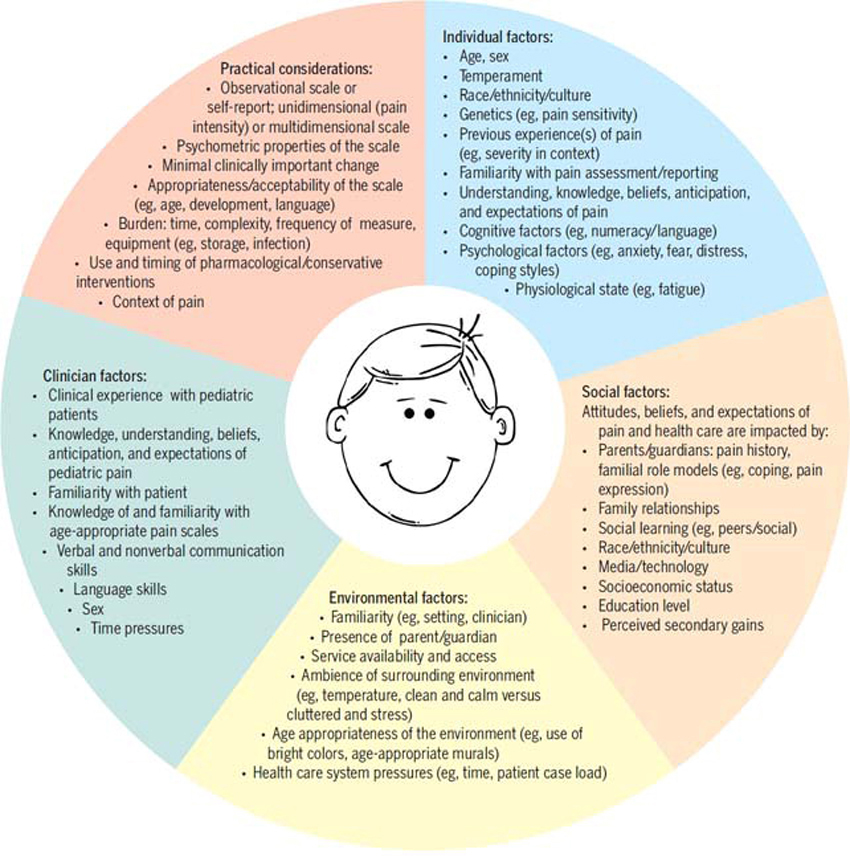Attention Deficit and Attention Deficit Hyperactivity Disorder
Attention Deficit/Hyperactivity Disorder (ADD/ADHD) is the most commonly reported childhood behavioral disorder, affecting between 3 and 7% of American children. It is characterized by poor attention span, impulsive behaviors, and hyperactivity in some children. The diagnostic criteria are strictly observational, and there are no objective laboratory tests to confirm that diagnosis. Subjective evaluations of annoying, distracting, or inattentive behavior makes the “diagnosis” of ADD/ADHD speculative at best. [1]
The most common medical “treatment” for this controversial “disease” is prescriptions of Methylphenidate (Ritalin), a Class II controlled and addictive substance. The long–term effects of this drug on children is unknown, but the side–effects, including addiction, are becoming better understood.
What is ADD/ADHD? Although it’s exact “cause” is unknown, major etiologic contributors include adverse responses to food additives, intolerances to foods, sensitivities to environmental chemicals, molds, and fungi, and exposures to neurodevelopmental toxins, such as heavy metals and organohalide pollutants.
Nutrient deficiencies are common in ADD/ADHD. Supplementation with minerals, B vitamin complex, flavonoids, and the omega-3 and omega-6 essential fatty acids have shown promising results, as are reported in the Abstracts Section below.
A wholistic/integrative management program will include supplementation, dietary modification, detoxification, and removal of environmental toxins and toxic cleaners from the home.
You can learn more about the chiropractic approach to management at the:
REFERENCES:
Attention Deficit/Hyperactivity Disorder (ADHD) in Children: Rationale for Its Integrative Management
Alternative Medicine Review 2000 (Oct); 5 (5): 402–428






It’s Amazing what chiropractic can do for kids suffering with ADHD. (not to even mention how the definition has been broadened just to be able to prescribe more medication!)
ADHD/ADD drugs are actually damaging kid’s performance in school!!!
http://www.wellnesschoicecenter.com/blog/?p=306
I had a four year old boy in my clinic recently who was bouncing off the walls. I asked the mom about his diet and found that his favorite food was chocolate milk. When she took him off that, added some of the supplements mentioned here, and i adjusted him, he transformed into a completely different person — quiet, calm settled. It was beautiful to see, but I’m sure everyone has similar stories.
I am just concerned about the main source of Omega 3 which is the liver of fish. as you can see, fishes can accumulate mercury and pcb.
RESPONSE from Frank:
The recent legal case in California, against 10 giant supplement manufacturers and distributors, makes it crystal clear that virtually all distribution companies do not have (and did not invest in) their own quality-control labs and staff, and so they take the word of suppliers that their raw materials are pure.
This is a huge problem because many pregnant women take Omega 3s to supply their developing infant the DHA they require for neural development, and research has shown that Omega 3s greatly increased concentration and ability to process information in children with ADD/ADHD.
This is why you need to research your supplier, and then stick with the company that has a PROVEN track record of raw material purity testing, ongoing quality control throughout the manufacturing process, and an ethical stance in appropriate dosage and accurate labeling. There are a few of those companies out there.
Great post! This is the information we need to get out and encourage more research to be done! Keep it coming!
omega3 really helps in preventing clogged arteries and cardiovascular diseases.
I suspect that genetically-modified food is a main contributor to ADHD.
I suspect that genetically-modified food is a main contributor to ADHD. The effects on humans are unknown because significant studies have not been done, and the GMO industry is not regulated.
Nice info gives me more to think about in the future…
Las Vegas Chiropractor
A little something to think about: as a 47 year old General Practitioner- i was diagnosed with ADHD 2.5 years ago. I fit the syndrome perfectly, and improved greatly on dexamphetamine.
However, correction of my atlas subluxation 14 months into treatment produced an enormous improvement in my condition.I learned to meditate 2 months later, and had weaned off medication only 6 months after that.
I fully support holistic treatment of what is a complex problem with multiple active causes in any diagnosed patient.
However I would suggest- please do not throw the baby out with the bathwater. These medications are very helpful to so many of us diagnosed with this problem- and have a real place.
The diagnosis is somewhat subjective, but careful application of DSM criteria will lead to accurate classification of the problem ( but not the particular causes in any individual). One of the most interesting observations I made was that so many of my friends also fit the description. The condition is not that unreal if undiagnosed sufferers unconsciously select other ADD sufferers as friends.
this is exactly what i have been looking for,,thanks for the info…keep me posted